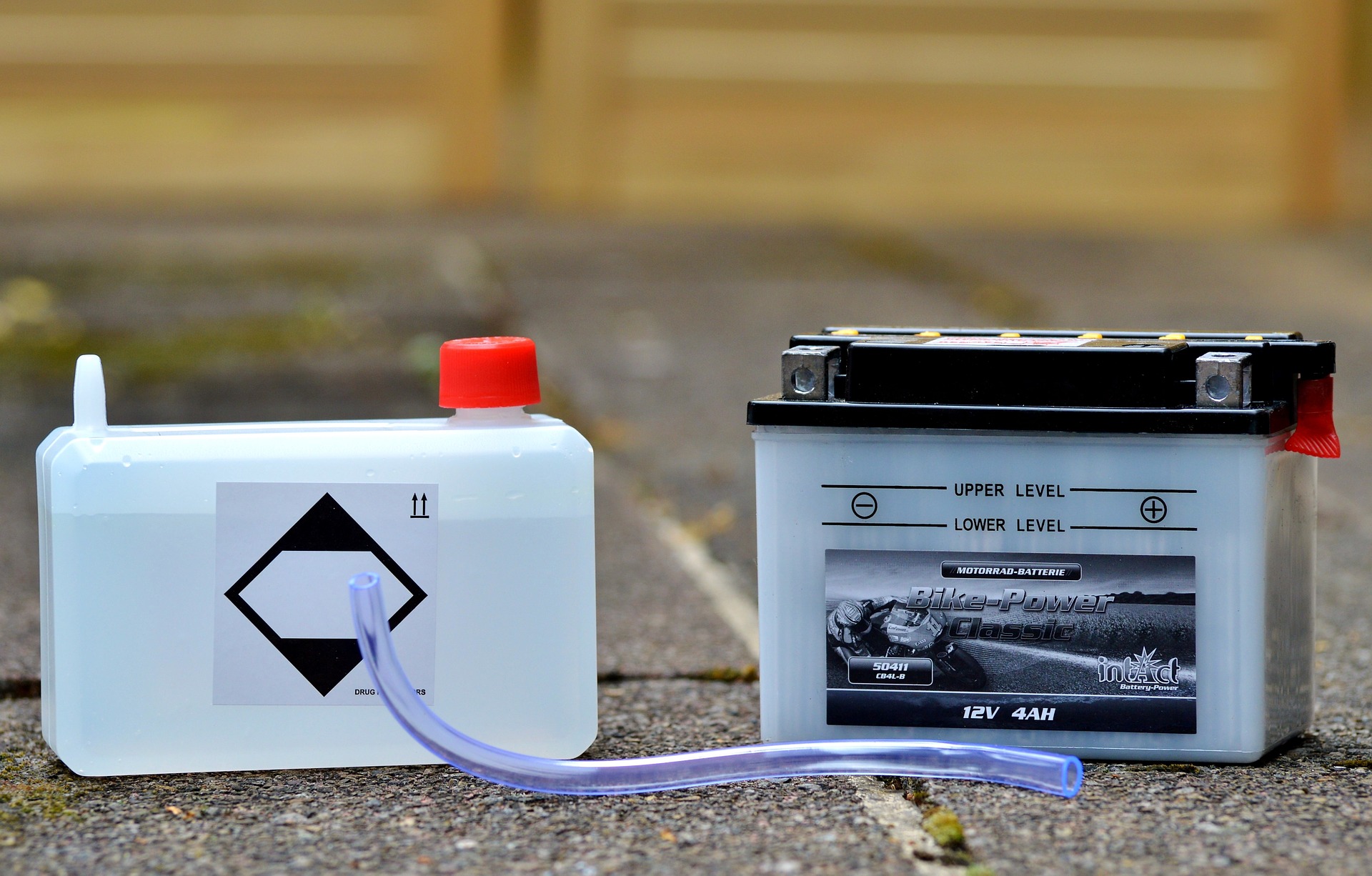
Wait a few more years and you’ll see that electric cars will be the equivalent of petrol cars. That’s as far as Total Cost of Usage (TCU) is concerned – and without government intervention. The market will be doing its own thing by then. The total investment in battery production between now and 2023 represents about €140 billion, or about €18 for every inhabitant of the earth. Not every market is going through as fast a transition as this. However, India’s two- and three-wheel markets are also capable of undergoing rapid change. Lower battery costs and performance improvements could cinch an 80% market share by 2030.
Ever cheaper batteries
Battery charging prices have been shifting pretty fast over the past ten years. Investments in R&D lead to lower prices and a higher energy density. This in turn leads to higher demand and subsequent investments in production facilities. Which in turn makes the batteries cheaper and increases demand, thus completing the cycle. This self-reinforcing system is at the root of the transition which is now underway. At the same time, the number of applications for batteries is substantial, along with the number of chemical compositions available.
There is not one type of battery that meets all requirements in full. Energy density (Wh/l), temperature range, cost price, specific energy (Wh/kg) cycle life, safety, fast charging capabilities and temperature range remain major trade-offs. Li-nickel manganese cobalt oxide (NMC) and Li-nickel cobalt aluminum (NCA) compounds score well on energy density and cost price. Yet less on lifespan and temperature range.
NCA is used by Tesla and scores higher on specific energy than NMC does, although slightly less on safety. NMC is used by many ‘traditional’ car brands. Li-iron phosphate (LFP) and Li-titanate (LTO) have a long lifespan – except that this is at the expense of specific energy and costs. LFP is used in electric buses, among other things.
Tesla is the most advanced
Improvements in cathodes are one of the keys to cost savings, especially where it concerns a reduction in cobalt content. This calls for significant R&D investments and involves similar technological risks as other new battery chemicals have. When it comes to car models, Tesla is the most advanced in this respect.
From 2025 on, new market opportunities will be emerging for other battery technologies which approach commercial prices. Solid-State can help with the application of cheaper materials such as zinc, aluminum and sulfur, whereby battery prices of $30 to $40/kWh are feasible. Several solid-state companies are aiming at 2024-2025 for their first EVs. A range of more than 1000 km is possible with solid-state batteries in cars, in case we wanted to do that.
Electric buses and trucks will also benefit from these developments. Electric buses are expected to represent 60% of the global market for municipal buses by 2030 and 80% by 2040. Industry analysts estimate that by 2030, EVs will represent 8%, 12% and 27% respectively of heavy, medium and light commercial fleets. However, 2030 is still far away. and environmental legislation is subject to swift changes.
Aviation poses the greatest challenge
Aviation poses the greatest challenge where electrification is concerned. It is of considerable importance, as emissions in this sector are expected to triple by 2050 without any further intervention. Norway has committed itself to electrifying all short-haul flights by 2040 at the latest. These types of flights with less than three hours travel time represent more than 75% of all flights worldwide. For the time being, we will have to get to Silicon Valley on synthetic kerosene or hydrogen, unless the lithium-air Battery also sees the light of day. The theoretical energetic value of the lithium-air battery is nearing that of kerosene. In short, if all the problems with lithium-Air are solved, such as its short lifespan, slow charging and instability (not handy in an airplane), the concept of flying shame could be removed from the dictionary.
About this column:
In a weekly column, written alternately by Tessie Hartjes, Floris Beemster, Bert Overlack, Mary Fiers, Peter de Kock, Eveline van Zeeland, Lucien Engelen, Jan Wouters, Katleen Gabriels and Auke Hoekstra, Innovation Origins tries to figure out what the future will look like. These columnists, occasionally joined by guest bloggers, are all working in their own way on solutions to the problems of our time. So that tomorrow is good. Here are all the previous articles.

